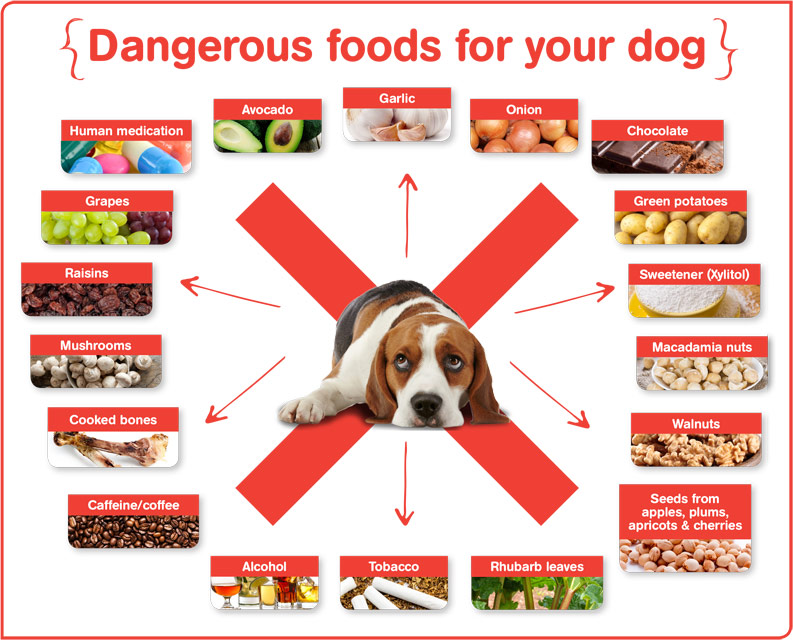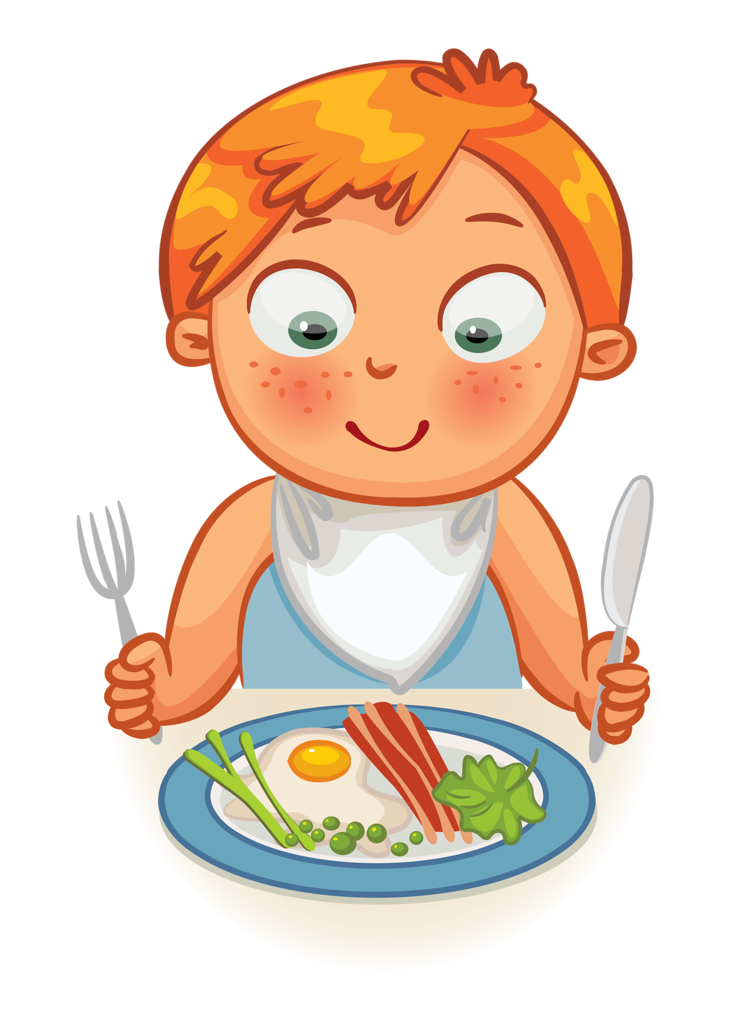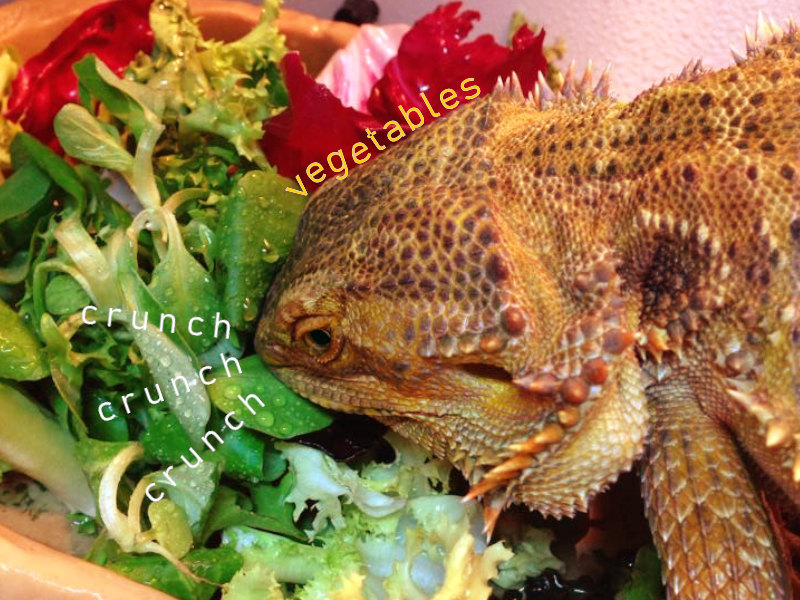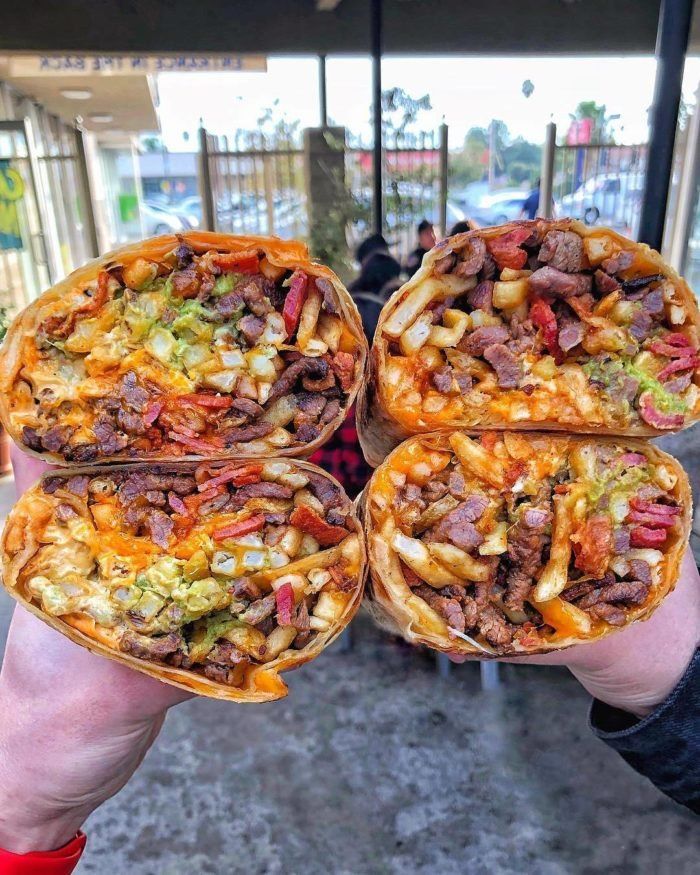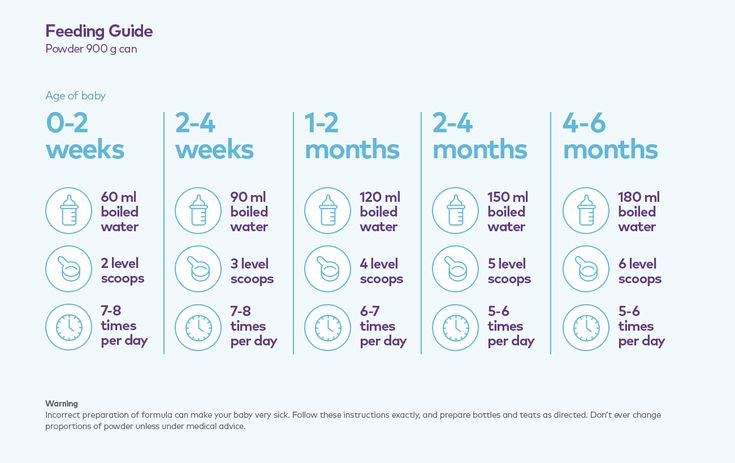Hamburger baby food
Ground Beef for Babies: How to Serve it and the Best Beef Recipe
*This post may contain affiliate links, please see our disclosure policy for more details.
Foods like bananas, avocado, and infant cereals probably come to mind when you think about starting solids with your little eater. These are all great foods to offer in the beginning, but foods like ground beef are also recommended as a first food for your baby! That’s because ground beef is so rich in iron, which babies need right around the 6 month mark.
Red meat, especially ground beef, has been a controversial topic in nutrition for many years, and the social media world has created a lot of confusing and fearful information. I know, as a parent, you’re concerned and want to do the right thing when it comes to offering nutritious foods for your little ones. I’ve done the research for you, and I’m here to provide reliable information that will help you on your baby led feeding journey.
As an added bonus, I wanted to share my delicious beef burger recipe with you! Not only is this burger recipe juicy, delicious and acceptable for the whole family, but it’s so easy to make in the oven, or on the grill (perfect for days that it’s way too hot to be stuck in the kitchen).
If you’re looking for more baby friendly recipes the whole family will enjoy – including more options with ground meat – be sure to check out my 60 Day Baby Led Feeding Meal Plan to get a jumpstart on offering solid foods to your baby!
I know what you’re probably thinking… What!? I can give my 6 month old baby a hamburger? Yup, you sure can! At the end of this blog you’ll find a super easy, sheet pan burger recipe that can be enjoyed by the whole family.
I know the thought of serving ground beef to your baby may be frightening, but that’s why I’m here to reassure you that it’s totally safe, and it’s actually one of the foods that I recommend offering.
I say this because it’s a high iron food, which is something I want you to focus on offering your baby once they start solids.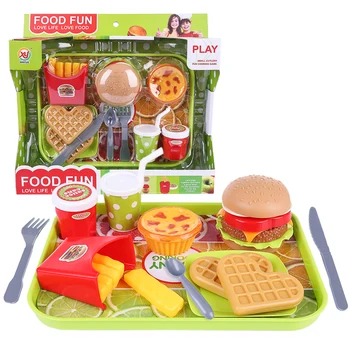 It’s also rich in many other important nutrients, and an easier texture for beginner eaters – a great baby led weaning meat choice! Don’t worry, I’ll explain more about serving your baby meat, below.
It’s also rich in many other important nutrients, and an easier texture for beginner eaters – a great baby led weaning meat choice! Don’t worry, I’ll explain more about serving your baby meat, below.
Now, understandably, you may have some questions and concerns, so let’s talk about how to safely serve up ground beef for your baby and let me answer all of those burning questions!
can babies eat ground beef?
If it wasn’t clear already, yes, your baby can absolutely eat ground beef! Actually, beef can be safely offered to your baby as one of their very first foods, once they’re showing all the readiness signs to begin.
As you begin your baby led feeding journey, you can offer beef to your baby in different forms depending on if you’re starting off with purées or solid finger foods. I’ll explain some different ways to serve ground beef for baby in a little bit.
introducing ground beef to babies
Beef can be introduced as early as 6 months of age. It’s one of the first foods recommended to offer babies as it’s high in iron, protein, and zinc, which are some of the most important nutrients for 6-7 month olds.
It’s one of the first foods recommended to offer babies as it’s high in iron, protein, and zinc, which are some of the most important nutrients for 6-7 month olds.
In fact, your baby can eat a wide variety of meat at the age of 6 months, however it’s important to make sure that you know how to serve meat safely to babies. You can learn more about serving meat to babies and toddlers, here.
The importance of iron for babies
So why is iron so important at 6 months?
Well, babies are born with iron stores to sustain them until around 6 months of age, but after that point, their iron stores begin to deplete. The introduction of solids that are high in iron, around the 6 month mark, will help make up for this and prevent iron deficiency, which is the number one nutrient deficiency among kids in the world!
You can also boost your baby’s iron absorption by adding a source of vitamin C to the meal. One example is to offer ground beef in a tomato based sauce.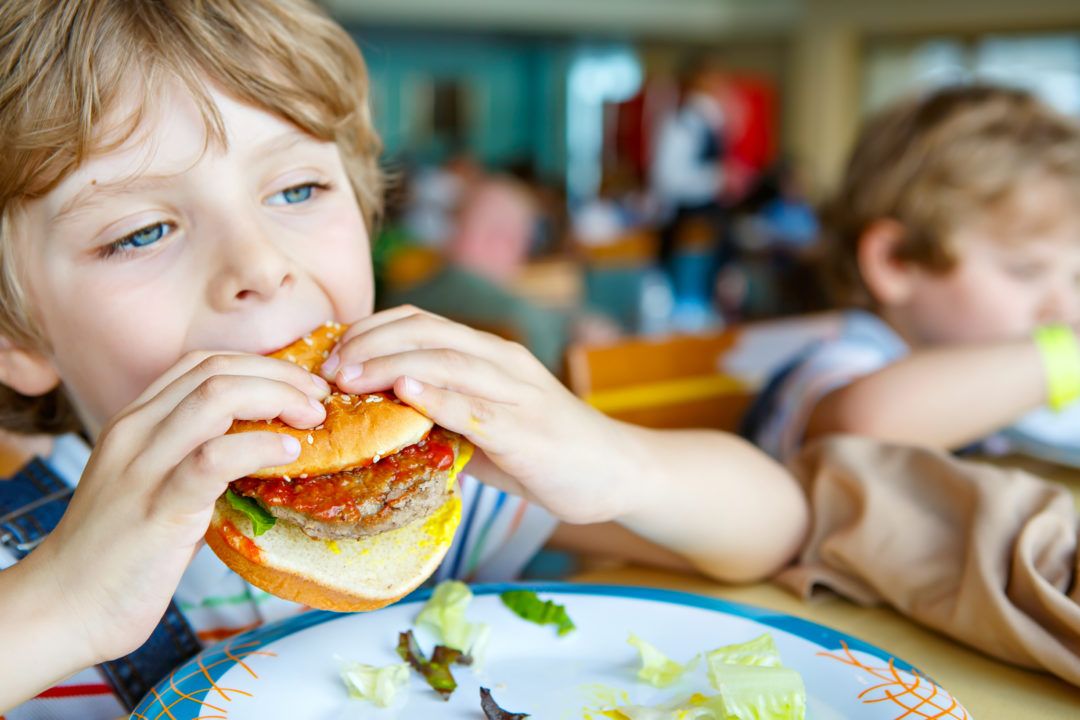
We often first think of infant cereal as being one of the best iron sources, but it’s actually fortified with non-heme iron (which isn’t easily absorbed in the body). The type of iron found in beef is heme-iron, and that is actually the most easily absorbed in your body.
So while beef isn’t the only source of iron for your baby, it’s definitely one of the easiest and most iron-rich sources you can provide. Check out my blog on the importance of iron and learn more about why we want to offer high iron foods twice a day to babies, here.
is ground beef healthy for babies?
Without a doubt, ground beef is a nutritious addition to your baby’s diet! Ground beef offers essential nutrients like iron, B vitamins, zinc, and selenium which promote growth and development. It’s also packed with protein and healthy fats (saturated and polyunsaturated fats) that are beneficial for your baby’s heart and brain.
Now, you’ve probably already googled “is red meat good or bad” and found that every other news article and website has conflicting information about why red meat should, or shouldn’t, be part of your diet. So let me clear this up for you now.
So let me clear this up for you now.
There is clear evidence that processed red meat consumption can lead to health concerns like cancer, heart disease, and type 2 diabetes (1).
Just so we’re all on the same page, processed meat includes any type of meat that has gone through processing like salting, smoking, curing, and/or the addition of chemical preservatives, like nitrates/nitrites, to extend the shelf life of the product. This includes things like hot dogs, bologna, pepperoni, deli meats, bacon, jerky, and commercial sausage.
When meat is preserved this way, carcinogenic substances can form, which is why processed meat is not recommended. For this reason, processed meats shouldn’t be offered to baby, with the exception of special occasions. For example, if you’re at a birthday party, or sitting around a campfire – it would be okay to eat a hot dog, as long as it isn’t being served regularly.
On the other hand, red meat in general includes fresh lamb, beef, pork, and veal, which hasn’t gone through additional processing to change the nutritional composition of the meat. To date, there’s no concrete evidence, or thoroughly conducted studies, that identified unprocessed, good quality red meat as causing any harm (1).
To date, there’s no concrete evidence, or thoroughly conducted studies, that identified unprocessed, good quality red meat as causing any harm (1).
In fact, there are many flaws with the research that say red meat is likely harmful. For example, they aren’t looking at a group of only healthy people. They’re looking at people with other lifestyle factors that could be resulting in harmful outcomes, like smoking, alcohol consumption, and not enough physical activity. Red meat may or may not be the cause but it’s hard to know if these factors aren’t eliminated. This also makes it extremely difficult for researchers to form concrete recommendations as to how often red meat should be consumed.
So you see how that information could be confusing and lead to misinterpretation? More research is needed to determine the effects of red meat consumption, and on strategies to reduce these effects by improving the composition, processing, and household cooking of the meat. Even more importantly, it’s believed that the interaction of meat with other foods in dietary patterns should be investigated (1,3).
Even more importantly, it’s believed that the interaction of meat with other foods in dietary patterns should be investigated (1,3).
The bottom line is that red meat, including ground beef, is not harmful and is a nutritionally dense option for beefing up your baby’s iron intake. Whereas, processed meat can have negative impacts on our health, and I don’t recommend serving it except for a rare occasion.
so, how often should babies have ground beef?
Fresh red meat can be offered to babies regularly as it provides many essential vitamins and minerals. Serving it once a day would be acceptable, although a few times a week is more realistic. This would allow you to still offer baby a wide variety of different tastes and textures from other meat, or meat alternative, sources.
What’s important is that between 6 and 12 months, babies should be offered iron-rich foods two or more times a day. From 12 to 24 months of age, iron-rich foods should be offered at each meal.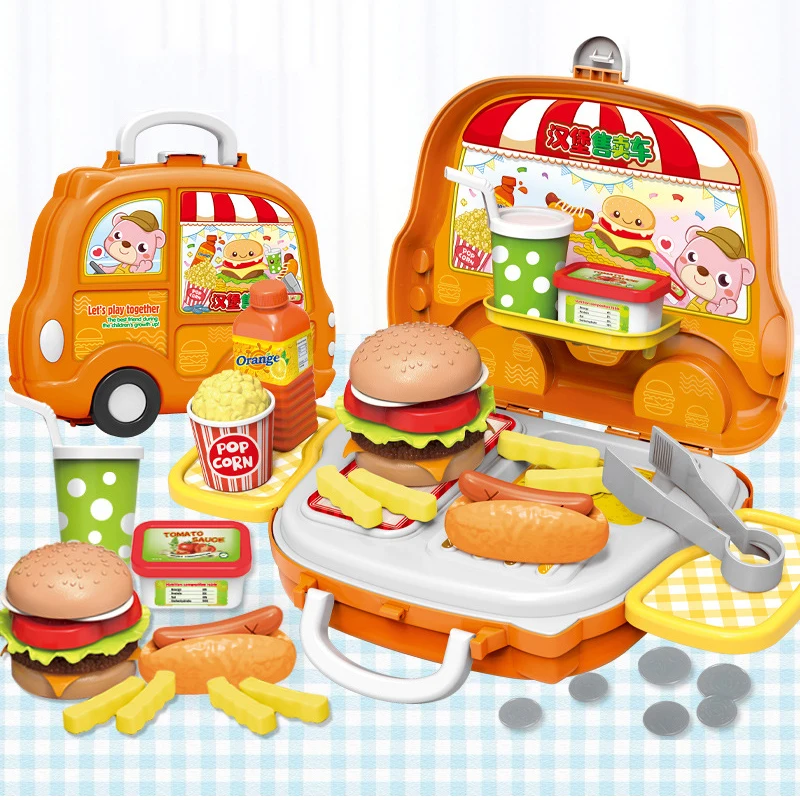
Now, iron-rich foods don’t always have to be animal meat, but animal based products are typically higher in iron and provide essential nutrients for growth and development. As they grow, I recommend offering older infants meat, fish, poultry, or meat alternatives, at least once per day.
what kind of ground beef is best for baby?
Now that I’ve explained why ground beef is recommended, you may be wondering what type of ground beef is best for your baby. When it comes to choosing the best type of ground beef for your baby, it doesn’t have to be too complicated. As long as it’s fresh ground beef, meaning it’s not pre-seasoned or marinated, you can choose whatever one fits in the budget.
As you may already know, there are 4 different options of ground beef for baby led weaning – regular, medium, lean, and extra lean. Regular ground beef has the highest fat content, which also means it’s the cheapest option. The opposite is true for extra lean ground beef, as it has the lowest fat content and the highest price tag.
I would actually recommend choosing regular or medium ground beef versus lean or extra lean. This might be surprising, but because medium and regular ground beef are juicier, this makes it safer for your baby to eat. And, they have a higher fat content that will provide your baby or toddler with more calories, which is beneficial for their growth.
Quick tip: a good way to tell if ground beef will be juicy and easy for your baby to chew is to look for white marbling lines. These white lines are fat, and the more white marbling – the more juicy the meat will be (as long as you don’t get rid of the fat during the cooking process).
What about organic and grass-fed beef?
If you can afford it, and you prefer to buy grass-fed, organic ground beef, that’s ideal! The nutritional benefits of choosing grass fed, organic meat are: a superior fat profile, less cholesterol and more antioxidants compared to conventional meat (4). Organic, grass-fed meat has a higher concentration of polyunsaturated fatty acids (needed for brain function and cell growth) and beneficial omega-3 fatty acids (beneficial for heart health), if you want to get technical (4). I have a blog all about organic foods, if you want to learn more.
I have a blog all about organic foods, if you want to learn more.
But, for those on a tighter budget, it’s totally acceptable to buy regular ground beef. What’s most important is that you are offering ground beef to meet your baby’s high iron requirements.
is ground beef a choking hazard for babies?
Many parents probably associate meat with being a choking hazard for babies and toddlers because of the toughness, and in some cases, dry texture.
Technically, ground beef isn’t on the choking hazards list, but it can be a bit more risky if it’s not offered to baby in the proper form based on their age. When served properly, ground beef is softer than cubed beef or strips of steak, or even chicken breast, and can be easily manipulated by your baby’s gums.
Keeping ground beef, and any other type of meat for that matter, moist and tender is the best way to safely serve it to your baby. Check out my blog on how to serve meat to babies/toddlers for more info. It will help build up your confidence and offer some other great tips and tricks for safely serving meat to your baby.
It will help build up your confidence and offer some other great tips and tricks for safely serving meat to your baby.
Tips to keep ground beef moist for babies
Keeping meat moist makes it much easier for your baby or toddler to eat and swallow (and the recipe shared below is an excellent example!).
In general, adding lots of milk to the raw mixture will keep burgers moist and juicy for a baby. Adding breadcrumbs to the raw mixture also helps absorb liquid and keep meat from getting dry during cooking. Avoid pressing the patties with a spatula as they cook—that just forces out the juice. Use the spatula strictly for flipping. And of course, overcooking the meat will cause it to dry out.
If the meat is a bit dry after cooking, or you want to be extra safe, please feel free to add a sauce or dip on top of the burger to keep it easier for your baby to manage in their mouth! Examples include: tomato sauce, plain regular or Greek yogurt, pesto, guacamole, and applesauce. You can also just mix them right in with the meat, if serving the ground beef broken down into pieces.
You can also just mix them right in with the meat, if serving the ground beef broken down into pieces.
safely preparing ground beef for babies 6 - 18 months
Believe it or not, ground beef can be offered as both a purée and a finger food. So regardless of how you’re choosing to start your baby led feeding journey, you can serve your baby ground beef and get all of the nutritional benefits for them!
How to serve ground beef as a purée (6 months plus)
If you’re starting your feeding journey by offering purées, here’s how to prep it.
Add fully cooked pieces of ground beef to a blender or food processor. Then add a small amount of liquid, like breastmilk or formula, to create a smooth texture. You can even add in some spices, like oregano or thyme, for an additional flavor exposure.
Then preload a baby spoon with the beef mixture and let your baby take the lead. Or spoon-feed your baby the baby led way (something I teach in my online course!). I’ve also made a guide on how to teach utensil use and listed my favorite baby spoons for self-feeding purées – check it out here!
I’ve also made a guide on how to teach utensil use and listed my favorite baby spoons for self-feeding purées – check it out here!
If you’ve moved on from smooth purées to a more advanced phase of my signature Texture Timeline™, such as a lumpy purée, ground beef can be offered for this phase as well. Think of the ground beef as the “lumps”!
Mix the ground beef with mashed vegetables like carrots, turnip, potato, sweet potato, etc. Then spoon-feed your baby, or load it on a preloaded spoon, like the Num-num Gootensil. Another safe option is to offer ground beef in sauces (like spaghetti sauce), and serve over mashed potatoes or spaghetti noodles. You can do the same with chili too…the possibilities are endless!
To learn more about this gradual process of progressing in textures using my Texture Timeline™, my Baby Led Feeding online course explains it in great detail, so be sure to check that out!
And as I mentioned before, you can also spice things up by adding seasonings to expose your baby to new flavors…and honestly make it taste better! It’s so much more palatable when there are undertones of herby flavors to balance out the taste of the meat.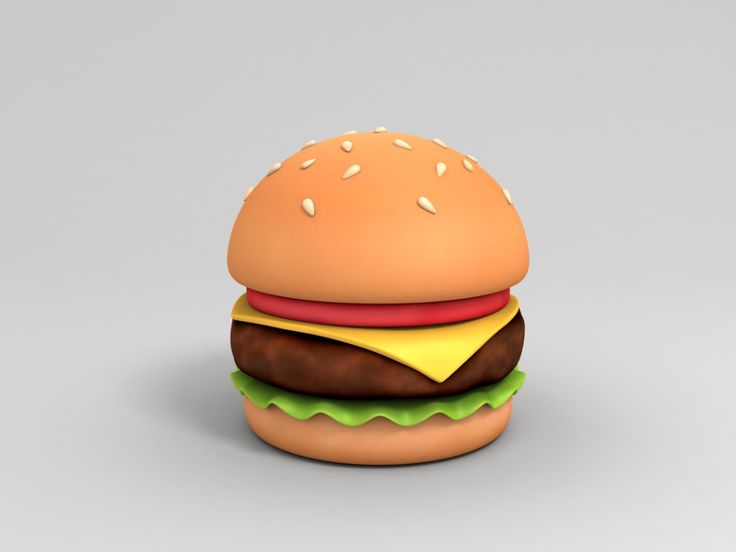
So, I encourage you to be creative and adventurous when adding herbs and spices to your baby’s food. Be sure to check out my blog on why you need to add spices to your baby’s food for all the nitty gritty details!
How to serve beef as a finger food (6 months plus)
Doing baby led weaning with ground beef is also possible. In the beginning stages of baby led weaning, the main objective is to prepare food in a way that your baby can easily get the food up to their mouth. This is because babies only have their palmar grasp at around 6 months of age, and so can’t pick up tiny pieces of ground beef because that would require their pincer grasp, which develops later.
You can offer beef burgers in strips, to make it easy for baby to pick up and hold. You’ll want to cut the burger into finger length strips, and ensure it’s very moist before serving (add those dips and spreads if you aren’t sure!). This will allow baby to suck and remove the iron rich juices from the ground beef. The burger recipe included below has added milk and apples, keeping it extra moist during the cooking process.
The burger recipe included below has added milk and apples, keeping it extra moist during the cooking process.
You can also try offering this recipe as a whole baby-sized meatball, as long as it’s very moist on both the inside and outside. Going bigger with the size is usually easier for babies to hold. They will be able to take bites out of a larger meatball, and yes, it will crumble and break into smaller pieces, but it’s all about exploring and figuring things out at this age, so that’s okay!
Meatloaf strips in particular are an amazing, typically more moist, option for serving ground beef. I’ve got an awesome baby meatloaf recipe (made in a muffin tin so it’s the perfect baby size) in my 60 day baby led feeding meal plan. Grab that here to get over 80 recipes safe for your baby and that will be loved by the whole family!
Finally, it’s also safe to offer ground beef in the form of a casserole or shepherd’s pie type dish before 9 months as well. Preload it on a spoon or let them go at it with their hands!
You can continue to serve whole strips of meat until your baby has the ability to bite and pick up smaller pieces of meat (using their pincer grasp). Your baby may be able to bite down and get a large chunk of meat in their mouth, which can be frightening! But, I assure you that the texture of the ground beef (when not dried out) is soft enough that they can squish it between their gums, allowing it to crumble into much smaller pieces.
Your baby may be able to bite down and get a large chunk of meat in their mouth, which can be frightening! But, I assure you that the texture of the ground beef (when not dried out) is soft enough that they can squish it between their gums, allowing it to crumble into much smaller pieces.
If a large piece does get to the back of the mouth, that strong gag reflex will kick in to bring it to the front of the mouth again to chew some more, or spit out! This will teach them how to take bites and figure out how much food can fit in their mouth.
When your baby is 12+ months, you can still offer ground beef patties in strips, or as a meatball, and coach your toddler to take small bites, and chew their food very well. You can also try serving it with plain yogurt, applesauce, or other dips for added moisture and a bit of novelty.
Just remember, in the early stages of baby led weaning, the goal isn’t for your baby to eat a whole portion of meat. They have small tummies and are getting most of their nutrients from breast milk or formula. The most important thing, in the early stages, is that they’re practicing how to get the food to their mouth, how to hold it in their hands, and are exploring different tastes and textures.
The most important thing, in the early stages, is that they’re practicing how to get the food to their mouth, how to hold it in their hands, and are exploring different tastes and textures.
If you’re concerned about how much your baby should be eating, check out my free portion guide for babies for all you need to know!
Safely preparing ground beef for toddlers (18 months plus)
At this age, your toddler may be ready to eat a hamburger on a bun. Some toddlers might want to disassemble the burger and eat it that way, others might eat it like a regular hamburger.
Either way is acceptable!
I’d suggest cutting it in half, or even quarters, to make it easier for your toddler to pick up since it will be bulkier than what they’re probably used to eating.
Picky toddler tip: Offer your toddler an apple sage meatball, instead of a burger, and add their favorite dipping sauce as a side. Encourage them to pick up the meatball with a toddler friendly food pick and take their animal for a swim in their favorite dipping sauce! And if you’re looking to manage or prevent picky eating in your toddler, you need my feeding toddlers course!
how to cook ground beef for baby led weaning
One of the most important things you should know when preparing ground beef for baby is that it should be fully cooked to at least 160°F.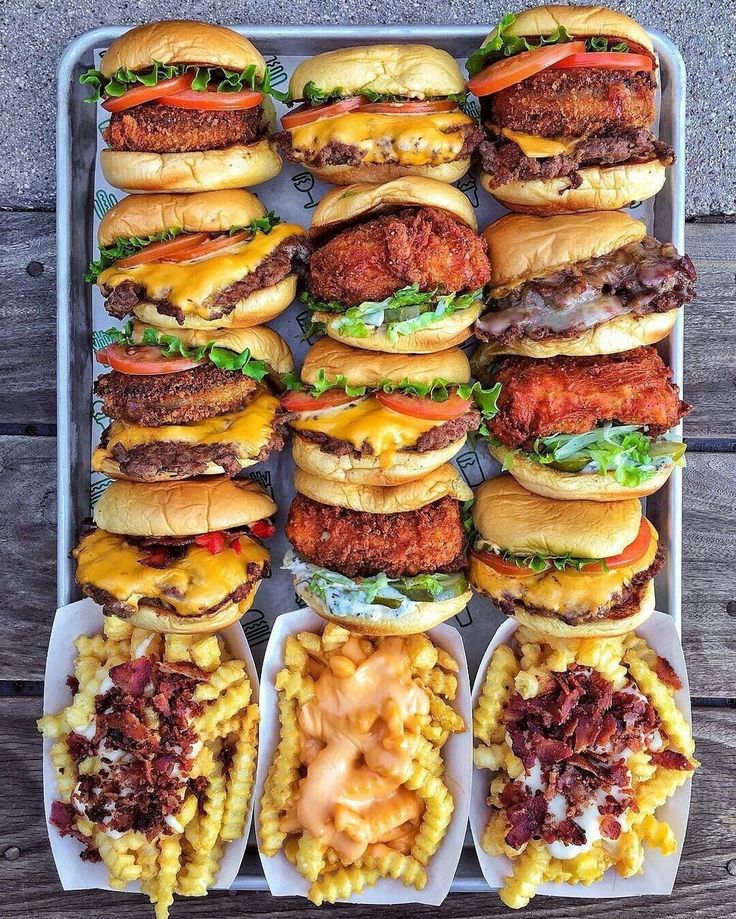 There should be no pink remaining once the ground beef is done cooking. You can cook ground beef for babies any way you like, such as in the oven, on the stove top, or on the grill, as long as it’s fully cooked.
There should be no pink remaining once the ground beef is done cooking. You can cook ground beef for babies any way you like, such as in the oven, on the stove top, or on the grill, as long as it’s fully cooked.
I know some of you may have questions or concerns about giving your baby food off the grill. High-temperature cooking methods like frying, smoking, grilling or charring can lead to production of chemicals like heterocyclic amines (HCAs) and polycyclic aromatic hydrocarbons (PAHs) (5).
Studies have shown that exposure to HCAs and PAHs can cause cancer in rodents. However, the doses of HCAs and PAHs used in these studies were VERY high—equivalent to thousands of times the doses that a person would consume in a normal diet (5). So it’s totally fine when not offered all the time, I promise.
That being said, slower cooking methods are safer for baby, and should be the primary method of preparation.
Slow cooking methods include baking, roasting, poaching, and stewing, which will also keep the meat nice and juicy, making it safer for baby to eat and easier to squish and chew between their gums.
If you want to learn more, check out my blog BBQ food and your baby.
let’s fire up the grill (or the oven)!
This super simple recipe has only six basic ingredients that you probably already have at home. These burgers are so flavorful and juicy, you have to give them a try this summer and be sure to let us know what you think of them!
step one:
After preparing all of your ingredients, start by preheating your oven to 400°F. You can also cook these burgers on the BBQ. Since every barbecue is different, I would recommend cooking your burgers until they reach an internal temperature of 160°F (71°C).
step two:
Grab a large bowl and add all six ingredients. You want to make sure everything is well incorporated.
I like to give my hands a good wash and get right into the mixture to make sure everything is well distributed. You’ll need to use your hands to form the patties (or meatballs) so instead of dirtying another utensil, you can just mix it together using your hands!
Once your toddler is older, and you know they won’t try to eat or lick the raw meat off their hands, this is a great sensory task for them to help you with in the kitchen!
step three:
Form the mixture into patties, about ½ inch thick, and at least 4 inches wide. They will shrink as they cook, so make sure they’re big enough so you don’t end up with mini hamburgers!
They will shrink as they cook, so make sure they’re big enough so you don’t end up with mini hamburgers!
step four:
If you’re baking them in the oven, line a baking sheet with parchment paper and bake for approximately 20 minutes, or until they’re completely cooked through. You can flip the burgers after about 10 minutes, so they’ll cook evenly on both sides. If cooking on the barbeque, adjust cooking time accordingly to reach an internal temperature of 160°F.
step five:
You can serve your baby whole patties, or cut them into strips. Be sure to keep every piece of hamburger moist by adding dips, spreads, or sauces, as discussed above.
The whole family will enjoy this recipe, so there probably won’t be any leftovers, but if there is, you can refrigerate them in an air-tight container for up to 5 days.
Remember to check out my 60 Day Baby Led Feeding Meal Plan – you’ll get access to over 80 recipes that are perfect for starting solids, and that the whole family can enjoy. This isn’t just a regular meal plan with a list of recipes, you’ll actually be able to follow along with the plan to strategically introduce allergens, advance your baby in textures, and ensure all nutrient needs are being met.
This isn’t just a regular meal plan with a list of recipes, you’ll actually be able to follow along with the plan to strategically introduce allergens, advance your baby in textures, and ensure all nutrient needs are being met.
In the meal plan you’ll get lots of great beef, turkey and other meat recipes for baby led feeding, like:
- Turmeric beef stew
- Chicken pot pie muffins
- Shepherd’s pie bowl
- Slow cooker chicken shawarma
- Lime cilantro salmon sliders
- Slow cooker turkey swedish meatballs
- And so many more!
ground beef faq
1. How much is too much red meat for baby in a week?
It’s acceptable to offer your baby red meat daily, but I would recommend offering it a few times a week (3-4) so baby has the opportunity for exposure to other types of meat and meat alternatives.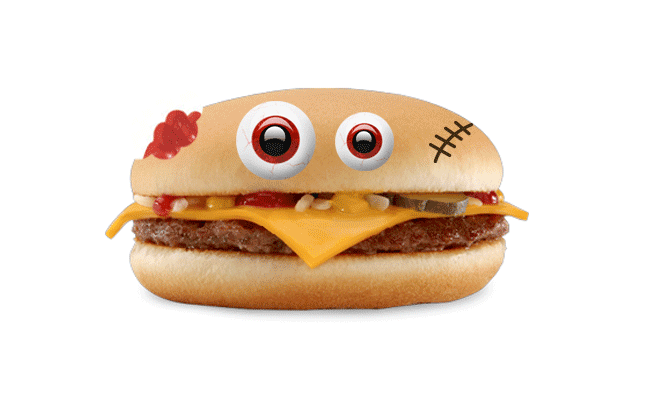 Processed meats should be avoided for babies and toddlers, with the exception of special occasions.
Processed meats should be avoided for babies and toddlers, with the exception of special occasions.
2. Is there a type of ground beef that’s better for babies and toddlers?
It actually doesn’t matter if it’s regular ground beef, grass fed, or organic (although grass fed and organic will have a better fat profile, but it’s not a big deal if your budget doesn’t allow for it). Any type is acceptable, as long as the ground beef isn’t pre-seasoned, because it’s almost guaranteed to contain a high amount of salt, which you’ll want to avoid.
3. How do you season ground beef for baby and at what age can you do that?
You can season your ground beef for baby right from the beginning, giving baby lots of taste exposure is recommended right from the start. Flavors like onion, cumin, paprika, rosemary, sage and thyme all pair very well with ground beef. Be mindful of added salt in certain seasonings, check the ingredients list and avoid seasonings with high amounts of sodium.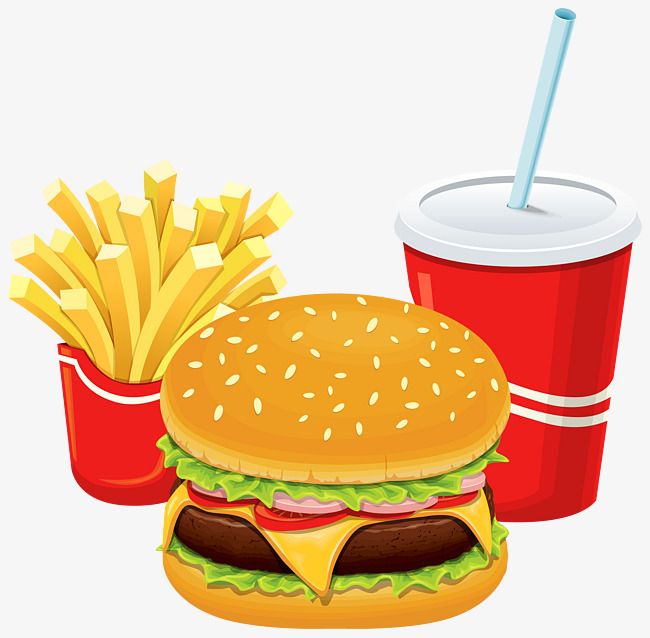
4. How should I cook ground beef for baby?
Ground beef should be fully cooked to 160°F. There should be no pink remaining once the ground beef is done cooking. Any way of cooking is acceptable, you can cook it in the oven, on the barbeque, or on the stovetop.
5. How thick does a ground beef patty strip have to be, to be safe?
As a finger food, you’ll want to cut the ground beef patty in finger length strips so it’s easy for your baby to pick up and hold, and generally speaking, at least 1-2” wide and ½” thick.
6. What about ground beef not formed into burgers, like say added to pasta or shepherd’s pie, is that safe?
Ground beef in mixed dishes is totally safe for baby! Whether that be in the form of a bolognese sauce with pasta, or shepherd’s pie. If you want a delicious shepherd’s pie recipe that’s safe for baby, check out my 60 Day Baby Led Feeding Meal Plan.
Apple Sage Baby Burgers
The best BBQ burger recipe, perfect for the whole family, including your baby!
5 from 2 votes
Print Recipe Pin RecipePrep Time 15 mins
Cook Time 20 mins
Total Time 35 mins
Course Lunch, Main Course
Cuisine American
Servings 8
1 sheet pan
1 mixing bowl
- 1 lb ground beef
- 1 apple (grated)
- ½ cup onion (finely diced)
- 4 tbsp milk (cow’s or oat)
- ½ tbsp dried sage
- ½ tbsp dried thyme
Preheat oven to 400ºF.
Mix all ingredients together in a large bowl.
Form the mixture into patties about ½ inch thick, and at least 4 inches wide.
Line a baking sheet with parchment paper and bake in the oven for 20 minutes, or until completely cooked through.

Serve your baby whole patties, or cut into strips. Enjoy!
Refrigerate in an air-tight container for up to 5 days.
This recipe can also be used to make meatballs, adjust cooking time accordingly.
Keyword baby burgers, baby led weaning recipe, baby meatballs, family meals, ground beef
Tried this recipe?Let us know how it was!
love it? pin it to save for later!
references
- De Smet, S., & Vossen, E. Meat: The balance between nutrition and health. A review. Meat Science, 120, 145-156 (2016).
- De Smet, S.
 , & Vossen, E. Meat: The balance between nutrition and health. A review. Meat Science, 120, 145-156 (2016).
, & Vossen, E. Meat: The balance between nutrition and health. A review. Meat Science, 120, 145-156 (2016). - Schönfeldt, H. C., & Hall, N. G. Consumer education on the health benefits of red meat—A multidisciplinary approach. Food Research International, 47(2), 152-155 (2012).
- https://www.organic-center.org/sites/default/files/publication_files/meatstudy-final_05_14_0.pdf
- https://www.cancer.gov/about-cancer/causes-prevention/risk/diet/cooked-meats-fact-sheet
Basic Beef Baby Food Puree (6+ Months)
This homemade Basic Beef Baby Food is a great addition to your baby’s favorite purees for extra protein and flavor! It’s an incredibly simple recipe with big flavor and nutrition! It’s perfect as a Stage One Baby Food – 4-6+ months.
Medically reviewed and co-written by Jamie Johnson, Registered Dietitian Nutritionist (RDN), and Lauren Braaten, Pediatric Occupational Therapist (OT).
Beef Baby FoodBeef, it’s what’s for baby’s dinner! Beef puree, that is. 😉
😉
This beef puree is loaded with so many great nutrients that your baby needs in order to thrive – protein, iron, calcium and folate.
And while it may seem counter-intuitive and perhaps weird (or at least it did to me), beef puree 🥩 is a great first food for your baby.
Just because it’s a nutrient-dense puree doesn’t mean your baby needs bowls upon bowls of it. Since beef puree has a somewhat intense flavor, a few spoonfuls added to your baby’s favorite veggie or fruit puree should be enough.
Is it your first time making homemade baby food? If you answered yes, then I suggest you start this journey by reading my in-depth Guide on How to Make Homemade Baby Food. The detailed article goes over all the essential information such as the best cooking tools to have on hand, safe storage, knowing when your baby is ready for solids, introducing purees, making the best first foods for baby, and more! You can also check out my best-selling cookbook for even more information and recipes.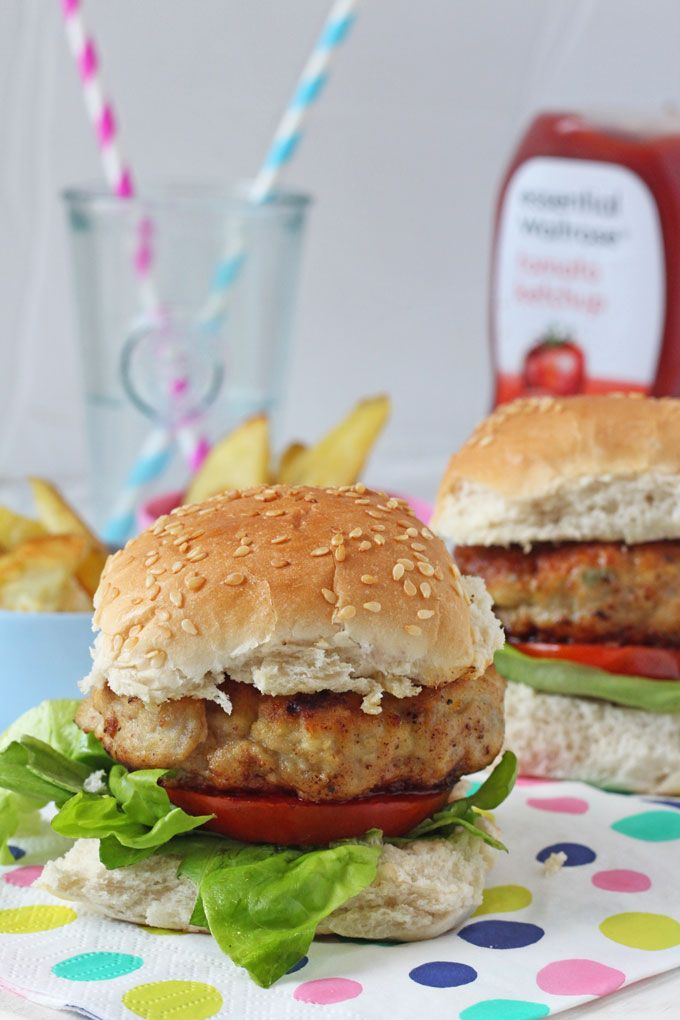
Beef Puree Video
Watch this video to see how easy it is to make your baby homemade Beef Puree!
Reasons to Love this Beef Puree- simple yet flavorful
- packed with protein
- great to add to any other fruit or veggie puree that baby loves
- baby food for 4-6 months and up
- stage 1 baby food
- freezer-friendly
- homemade
Make sure to read the recipe card below for full ingredients and instructions!
- Beef: Since beef is the star of the show in this puree, we are going to start with a good piece of meat. We are going to use 8oz of chuck stew meat or cubed sirloin beef. You can also easily scale up this recipe if you want more than 12 ounces of baby food.
- Broth: To get that rich, deep beef flavor, we will cook our beef in beef broth. I recommend using a low-sodium, sodium-free, or free-range beef bone broth for this recipe.
 You can also use any of those variations above with a vegetable broth as well. If you don’t have any of those on hand, you can use water.
You can also use any of those variations above with a vegetable broth as well. If you don’t have any of those on hand, you can use water. - Oregano: We are adding dried oregano to give the puree a little more complex taste. This can easily be omitted if you prefer or you can substitute in dried parsley, basil, rosemary, thyme or cilantro.
Grass-Fed Beef: I recommend using grass-fed beef for this recipe, if possible. Grass-fed beef will have more healthy fats, more free Omega-3 fatty acids (healthy fats), vitamins A, E, and B as well as more antioxidants.
Health Benefits of Beef
- Protein: Beef is an excellent source of protein, which is essential for proper growth and development of all organ systems and maintaining and repairing tissues. It is considered a complete protein, meaning it has all of the amino acids that are needed to make protein.
- Iron: Beef is a good source of iron, needed for making red blood cells, neurodevelopment and preventing iron deficiency anemia, and zinc, needed for growth and development and supporting the immune system.

- B12: Beef is also high in B12, which is essential for brain development and healthy red blood cells.
- Choline: can also be found in beef, which is also important for brain growth and development.
- Boil: In a medium saucepan, bring the cubed beef, broth, and oregano to a boil over medium heat.
- Simmer: Turn the heat down to low and cover the saucepan. Simmer for 15-20 minutes or until the beef is just cooked through. Let it cool slightly.
- Puree: Using a slotted spoon, transfer the beef to a blender or food processor and puree until you reach your desired consistency, adding broth in 1/4 cup increments if needed.
- Eat: Serve to your baby plain or added into another puree.
- Freeze: Store a small portion in the fridge and freeze the rest for another meal.
These tools will make it a lot easier for you to make this healthy Beef Puree. For more of my favorite kitchen tools make sure to check out my shop.
For more of my favorite kitchen tools make sure to check out my shop.
- Saucepans
- Blender or Food Processor
- Freezer Tray
- Storage Containers for Fridge
- Stasher Bag
- bib with catch pocket
- Saucepans
Frequently Asked Questions
When can baby eat beef puree?
Babies can have beef as one of their first foods. When a baby can start on solids is determined by their own rate of development, which generally comes between 4-6 months of age. Some of the developmental milestones babies need to reach in order to start solids include: if your baby has solid control of their head and neck, if your baby has doubled in weight, and if your baby is reaching for or opening their mouth when you eat (see my guide here). Before you start your baby on purees, you should consult with your pediatrician to make sure your child is developmentally ready.
Can beef be baby’s first food?
Yes, beef can 100% be baby’s first food if you want it to be. It is recommended to wait to introduce the top eight allergen foods to baby once a few other well tolerated foods have been introduced, but otherwise foods can be introduced in any order so choose whatever you are most excited for baby to have.
It is recommended to wait to introduce the top eight allergen foods to baby once a few other well tolerated foods have been introduced, but otherwise foods can be introduced in any order so choose whatever you are most excited for baby to have.
Is beef a common allergen for baby?
No, beef is not a common allergen, however, as with any food, start with a small portion and be aware of any signs that might be an allergic reaction after introducing it.
Does beef cause constipation for babies?
No, beef itself is not known to cause constipation in babies, however it won’t really help with constipation either since it lacks fiber. If baby is eating too much meat, it could replace fiber-rich foods, which could cause constipation.
You can store this puree in an airtight container in the fridge for up to 3 days.
FreezerThis puree can be frozen for up to 2 months.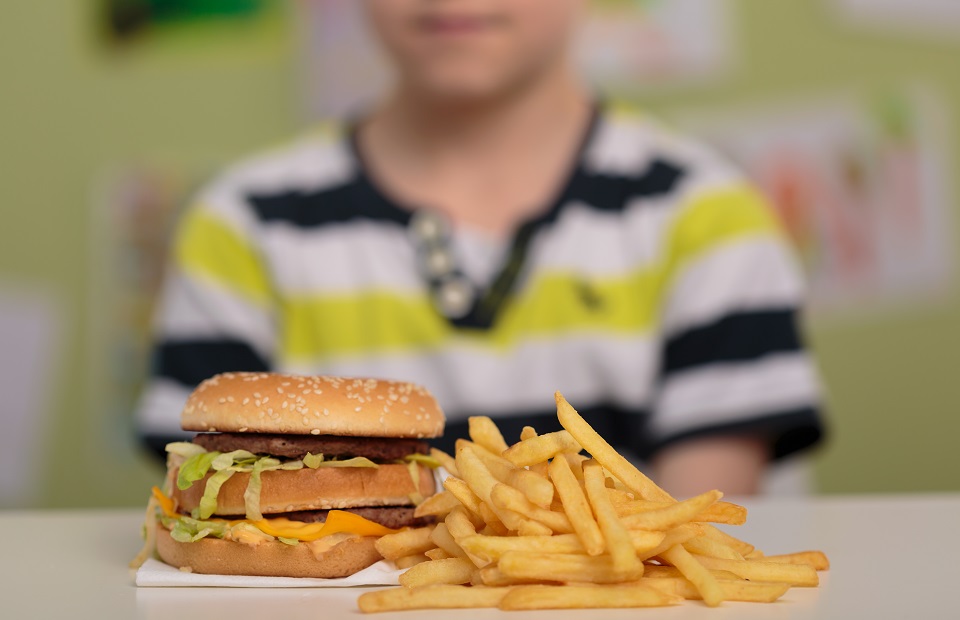
- Spoon puree into a freezer storage container. Do not overfill.
- Place the lid on the storage container or cover with a piece of saran wrap, and label with the date and recipe name.
- Place the tray into the freezer and let it freeze completely — preferably overnight.
- Pop out the baby food cubes and place them in a ziplock baggie or stasher bag. Don’t forget to relabel the baggie or stasher bag for future reference.
Need more information on how to store your baby foods? Head over to my Best Baby Food Storage Containers – Plus 6 Tips on Freezing and Thawing post!
Label Tip: Don’t forget to label your purees before you place them in the fridge or freezer with the name of the puree and the date you made it. Take it from me; by the end of the week, you will completely forget what is in your freezer and how long it’s been there. 😉
Great Beef Combination PureesWhile this beef baby food is great by itself, it can be a little intense for some babies. I recommend mixing it into one of your baby’s favorite purees as an introduction to the rich taste of beef. Here are some great purees to mix with the beef puree:
I recommend mixing it into one of your baby’s favorite purees as an introduction to the rich taste of beef. Here are some great purees to mix with the beef puree:
- Apples
- Sweet Potato
- Pear
- Carrot
- Broccoli
- Pea
- Mango
PUREE FEEDING TIPS
- Follow your baby’s lead – when feeding purees from a spoon, sometimes there’s a tendency to keep offering bites past the point of your baby being full. Always follow your baby’s cues for when they are done eating. Turning away from the spoon, closing her mouth, or pushing food away are all signs that your baby is finished with the meal.
- Try adding a little seasoning or spice to purees – babies like flavor! Or consider changing the temperature of purees from time to time, to slightly warmed or slightly chilled. Varying these aspects adds to the sensory experience!
- Throwing spoons is a common phase that all babies go through at one point or another.
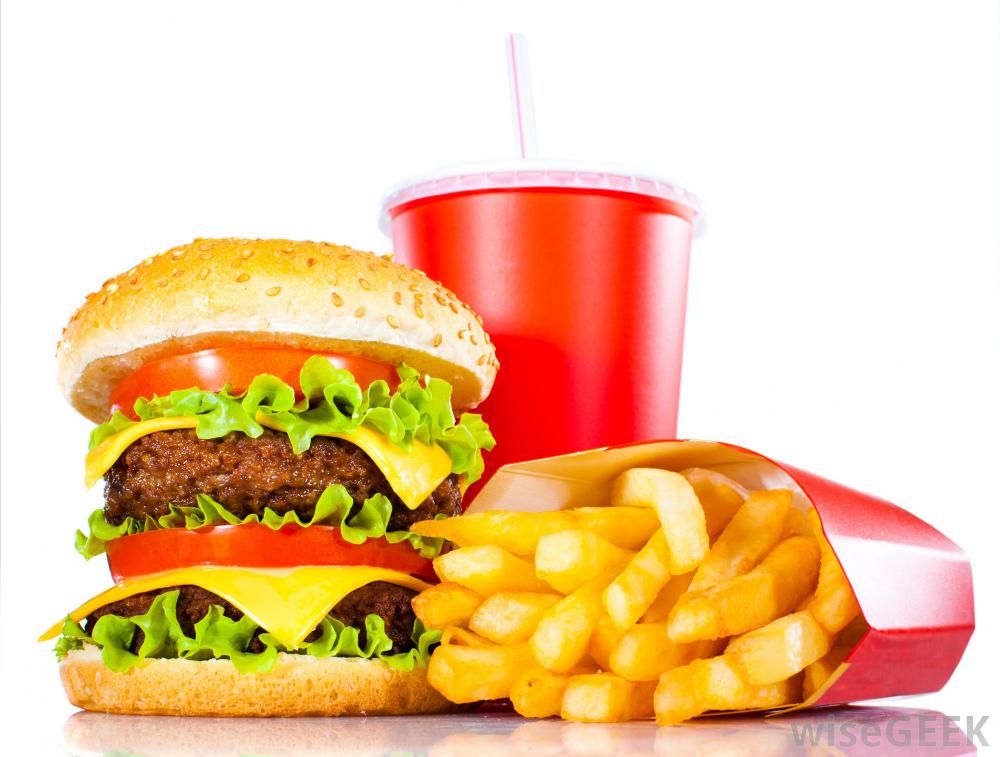 One of the best ways to handle spoon throwing is to ignore it and keep feeding your baby as usual (with an extra spoon you already have at the table). If your baby ends up also throwing back up spoons #2 AND #3, simply encourage your baby to eat with their hands until they appear to be finished with the meal. ***Give baby plenty of opportunities to practice putting items in and taking items out of containers outside of mealtimes.
One of the best ways to handle spoon throwing is to ignore it and keep feeding your baby as usual (with an extra spoon you already have at the table). If your baby ends up also throwing back up spoons #2 AND #3, simply encourage your baby to eat with their hands until they appear to be finished with the meal. ***Give baby plenty of opportunities to practice putting items in and taking items out of containers outside of mealtimes.
- Use a Slotted Spoon: When transferring the cooked beef from the saucepan to the blender, make sure to use a slotted spoon so you don’t add too much broth into the puree from the start. You only want to add broth if needed while blending. I had to add a 1/4 cup of broth to the blender while I was pureeing this beef.
- Reheat Gently: If you are freezing some of this beef puree, reheat it in 20-second intervals. You don’t want to recook the beef.
- 8 ounce beef chuck stew meat, or cubed sirloin beef
- 2 cups beef or vegetable broth, low or no sodium
- 1 tsp dried oregano
Boil: In a medium saucepan, bring beef, broth and oregano to a boil over medium heat. Turn to low and simmer for 15-20 minutes or until beef is cooked all the way through. Let cool slightly.
Transfer: Using a slotted spoon, transfer the beef to a blender or food processor, reserve broth.
Puree: starting on low and working your way up to high-speed, puree the beef until you reach your desired consistency, adding in broth in 1/4 cup increments if needed. I had to add in just 1/4 cup of broth to get the consistency seen in this photo.

Eat: serve to baby plain or added into another puree.
Freeze: store a small portion in the fridge and freeze the rest for another meal.
Age: 4-6 months and up
Yield: 12 ounces
Storage: Fridge – store in an airtight container in the fridge for up to 4 days or in the freezer for up to 4 months.
Saucepan
Blender
Bumkins Baby Bowl
Freezer Tray
Did you make this recipe?
Tag @babyfoode on Instagram and hashtag it #babyfoode!
Pin Recipe Email a Friend
About healthy eating and a killer hamburger.
 ?
? Previous Entry | Next Entry
Recently, at a friend's party, a circle of mothers discussed the issue of baby food. (As usual, mothers are moving out on topics about children) And one mother exclaimed: “Oh, my God, you give the child veal sausages. But it’s not known what is mixed THERE ... ”According to Mom, Swiss calf nipples contain some terribly harmful ingredients, including nails, hair, teeth and other terrible waste. For me, of course, it was another discovery that innocent veal sausages "are so harmful to the health of the child." This, of course, is one of 150,000 cases where moms discuss SCARY foods that are so dangerous to a child's life. Veal sausages are harmful, monstrous pimples-abscesses appear from chocolate, teeth fall out from lollipops, the stomach rots from Coca-Cola, a tail grows from pizza, and from hamburgers and frits, the child generally turns into a mutant goat. In general, the topic of proper nutrition, one of the favorites among mothers, with obligatory scary stories from the life of an acquaintance, an acquaintance, an aunt, a second cousin, a great uncle.
In general, the topic of proper nutrition, one of the favorites among mothers, with obligatory scary stories from the life of an acquaintance, an acquaintance, an aunt, a second cousin, a great uncle.
I understand that fear has big eyes, and what can we say about mother's fear. Naturally, we all want our children to grow up healthy and happy. And we try to ensure that baby food is of high quality and balanced ... But personally, I am against any manifestation of extremes and fanaticism. For fanaticism is evil in any of its manifestations. If the child is healthy and there are no contraindications in food, then artificially create strict restrictions or scare the child with horror stories “If you eat veal sausage, hooves will immediately grow” - this is deliberately injuring his psyche. And it will certainly come around sooner or later. Remember that it is important to maintain not only a healthy body of the child, but also a healthy psyche.
And for dessert, the story of my close Swiss friend.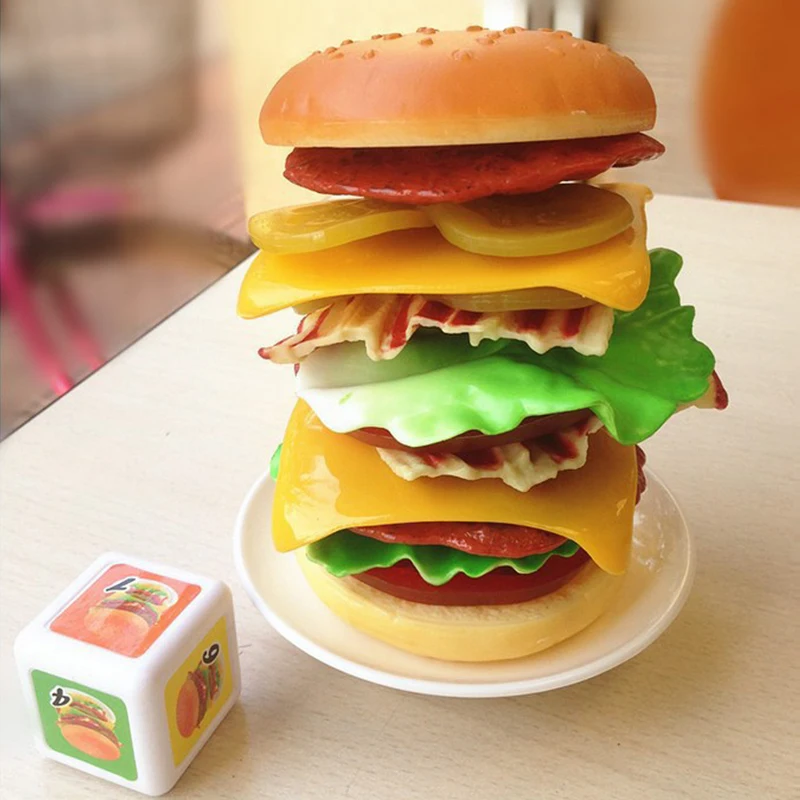 Parents fed their son exclusively "healthy", in their opinion, food. He was strictly forbidden to eat hamburgers and frites. They were frightened by terrible stories that from a hamburger and frites, immediate death occurs. When he was very young, he recklessly believed his parents and ran from a hamburger like a fire, when he got older it seemed strange to him that other children do not die after eating a portion of poisonous frites ... and even began to doubt the parental Word. And when he grew up and moved out from his parents, to spite them, he ate exclusively frites and hamburgers for lunch and dinner for 3 years, until he got fat and burst (just kidding), until he brought himself to a stomach ulcer. Perhaps this would not have happened if his parents had not frightened him all his childhood with the Hamburger-Killer and Frith-Bloodsuckers, but would periodically let him try this or that product ... and thus calm the children's curiosity and would not oppress the psyche.
Parents fed their son exclusively "healthy", in their opinion, food. He was strictly forbidden to eat hamburgers and frites. They were frightened by terrible stories that from a hamburger and frites, immediate death occurs. When he was very young, he recklessly believed his parents and ran from a hamburger like a fire, when he got older it seemed strange to him that other children do not die after eating a portion of poisonous frites ... and even began to doubt the parental Word. And when he grew up and moved out from his parents, to spite them, he ate exclusively frites and hamburgers for lunch and dinner for 3 years, until he got fat and burst (just kidding), until he brought himself to a stomach ulcer. Perhaps this would not have happened if his parents had not frightened him all his childhood with the Hamburger-Killer and Frith-Bloodsuckers, but would periodically let him try this or that product ... and thus calm the children's curiosity and would not oppress the psyche.
In general, be adequate and protect children from unnecessary disorders in this life.
- My site
- Natas Dolls - a site with wonderful dolls
| May 2019 | ||||||
| S | M | T | W | T | F | S |
|---|---|---|---|---|---|---|
| 1 | 2 | 3 | 4 | |||
| 5 | 6 | 7 | 8 | 9 | 10 | 11 |
| 12 | 13 | 14 | 15 | 16 | 17 | 18 |
| 19 | 20 | 21 | 22 | 23 | 24 | 25 |
| 26 | 27 | 28 | 30 | 009 Powered by LiveJournal. Feedback Tell us how we can help CommentAttach file (max. 2 Mb) TelephoneI agree with the terms of the User Agreement Burger King baby set with milk Delivery from Burger King The fight for healthy eating begins to bring real results: world leaders in fast food are removing carbonated drinks from children's menus. Previously, Burger King's children's menu included one burger and any sweet soda. It would be wrong to completely remove "unhealthy" drinks from the assortment, since adults themselves make their own choice regarding proper nutrition. By excluding cola, fanta and sprite from the children's set, Burger King minimizes the temptation of a child to try a fizzy drink. Since there are 13,000 Burger King restaurants in the world, serving 11 million people daily, we can talk about a significant impact on the choice of the type of food of the inhabitants of the planet. The Burger King initiative will be supported by McDonald's and other fast food chains. See also:
| ||

 com
com  As you know, sweet carbonated drinks can provoke obesity, diabetes, caries at any age. But now the soda is being swapped for skim milk, 1% chocolate milk, or 100% natural apple juice (your choice). From the main dishes for a child, you can choose a hamburger, cheeseburger, chicken nuggets or oatmeal.
As you know, sweet carbonated drinks can provoke obesity, diabetes, caries at any age. But now the soda is being swapped for skim milk, 1% chocolate milk, or 100% natural apple juice (your choice). From the main dishes for a child, you can choose a hamburger, cheeseburger, chicken nuggets or oatmeal. 
